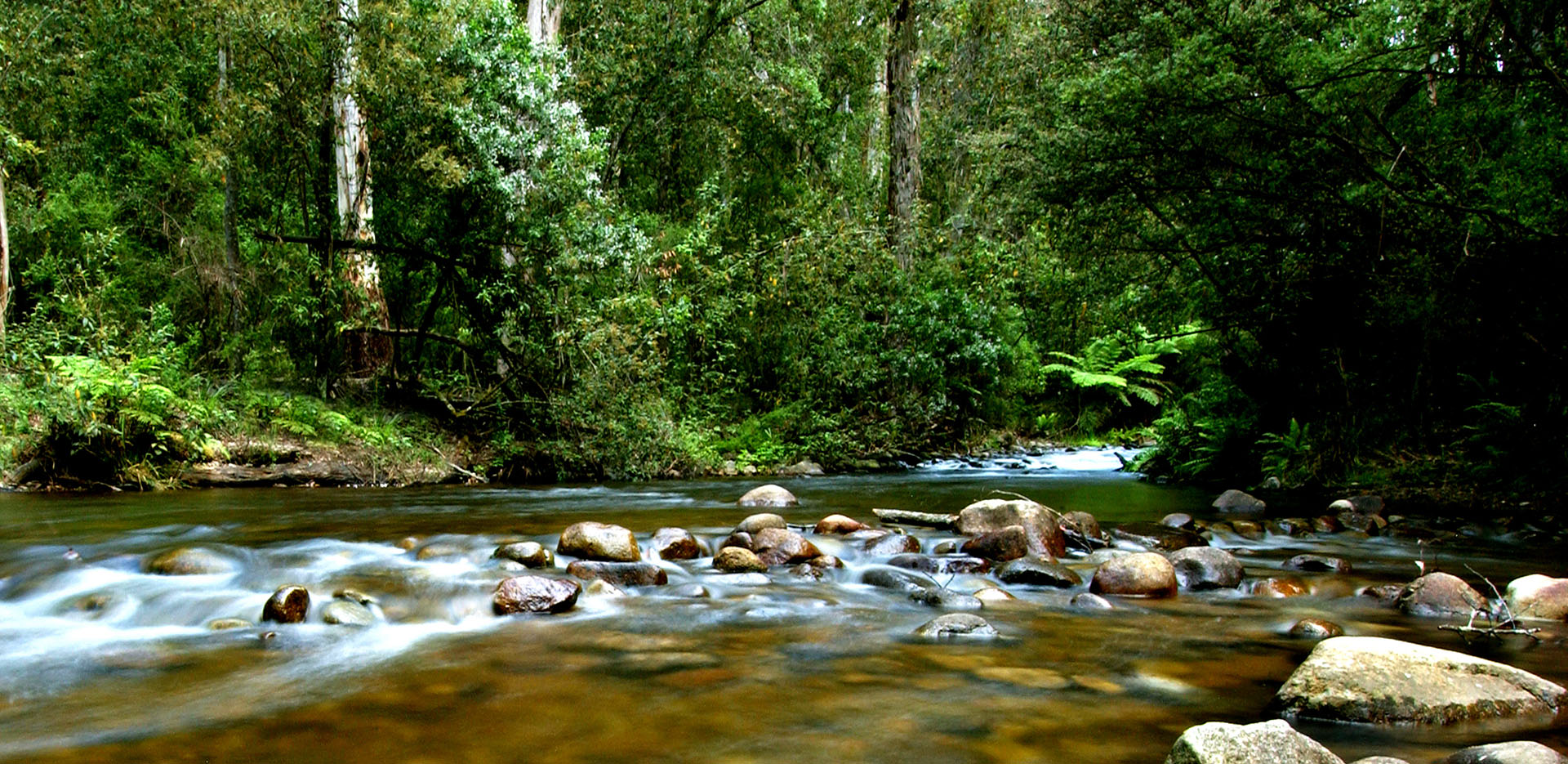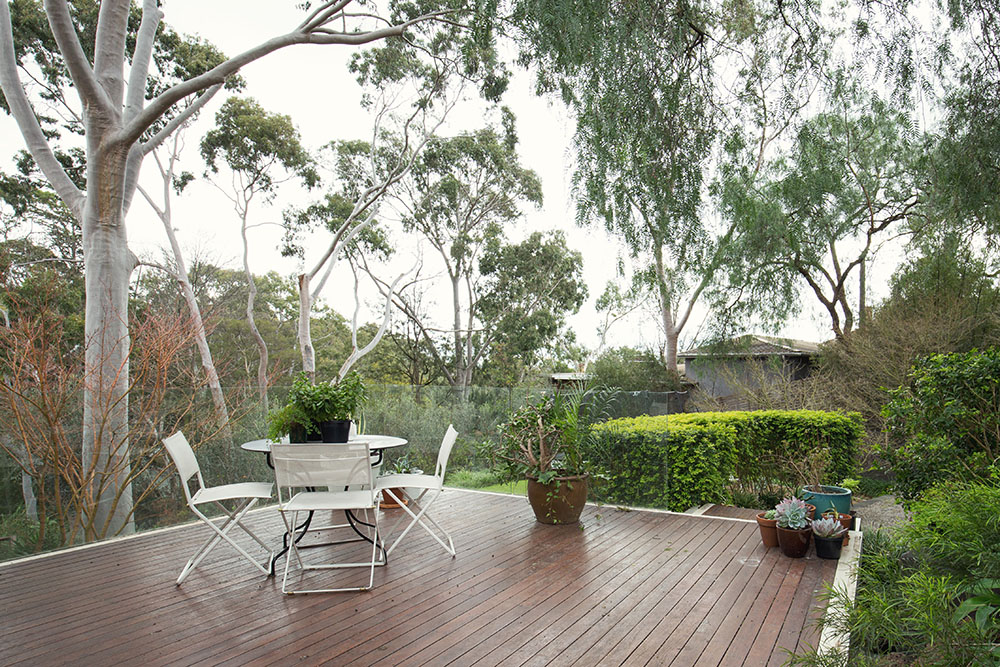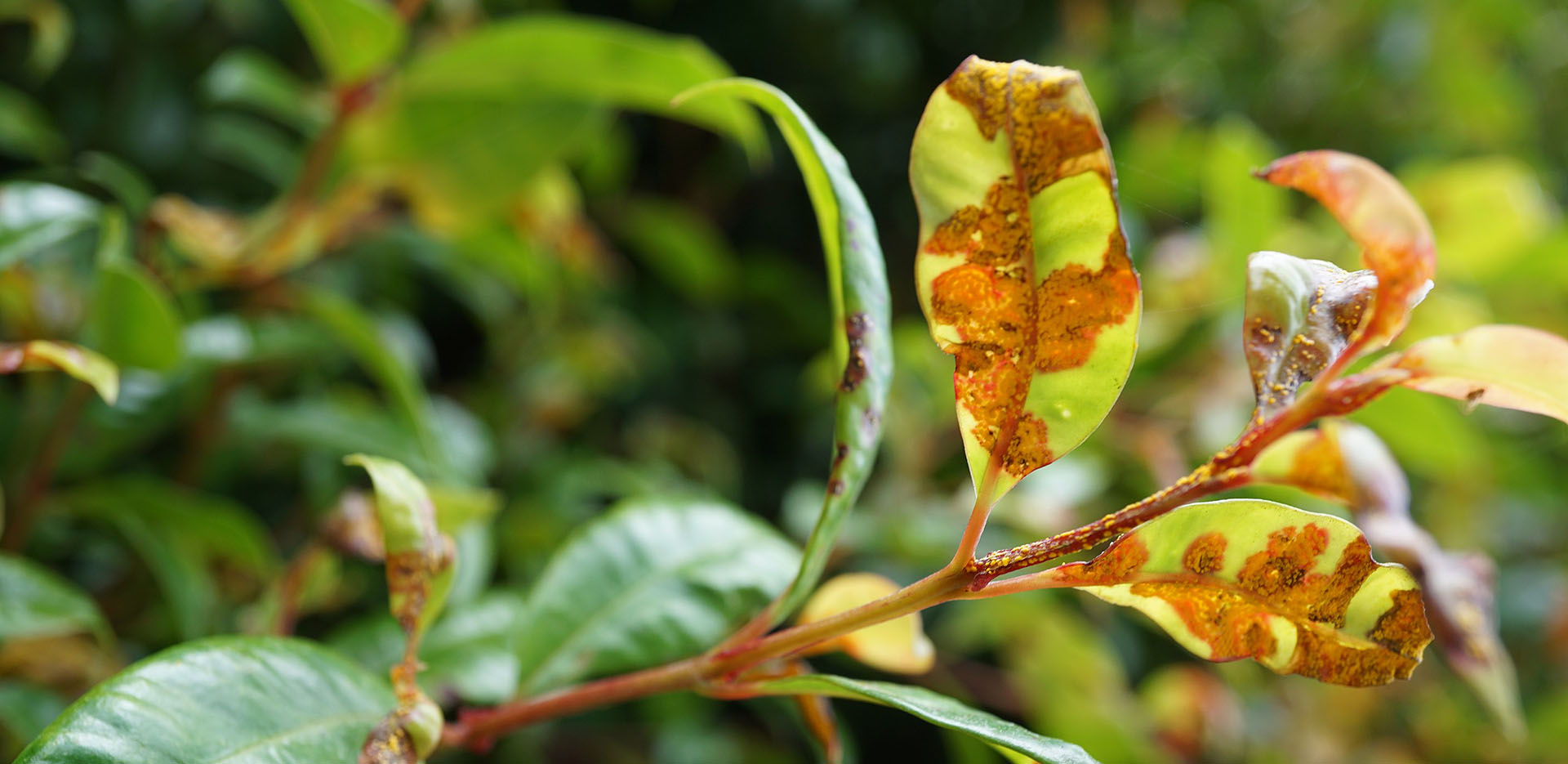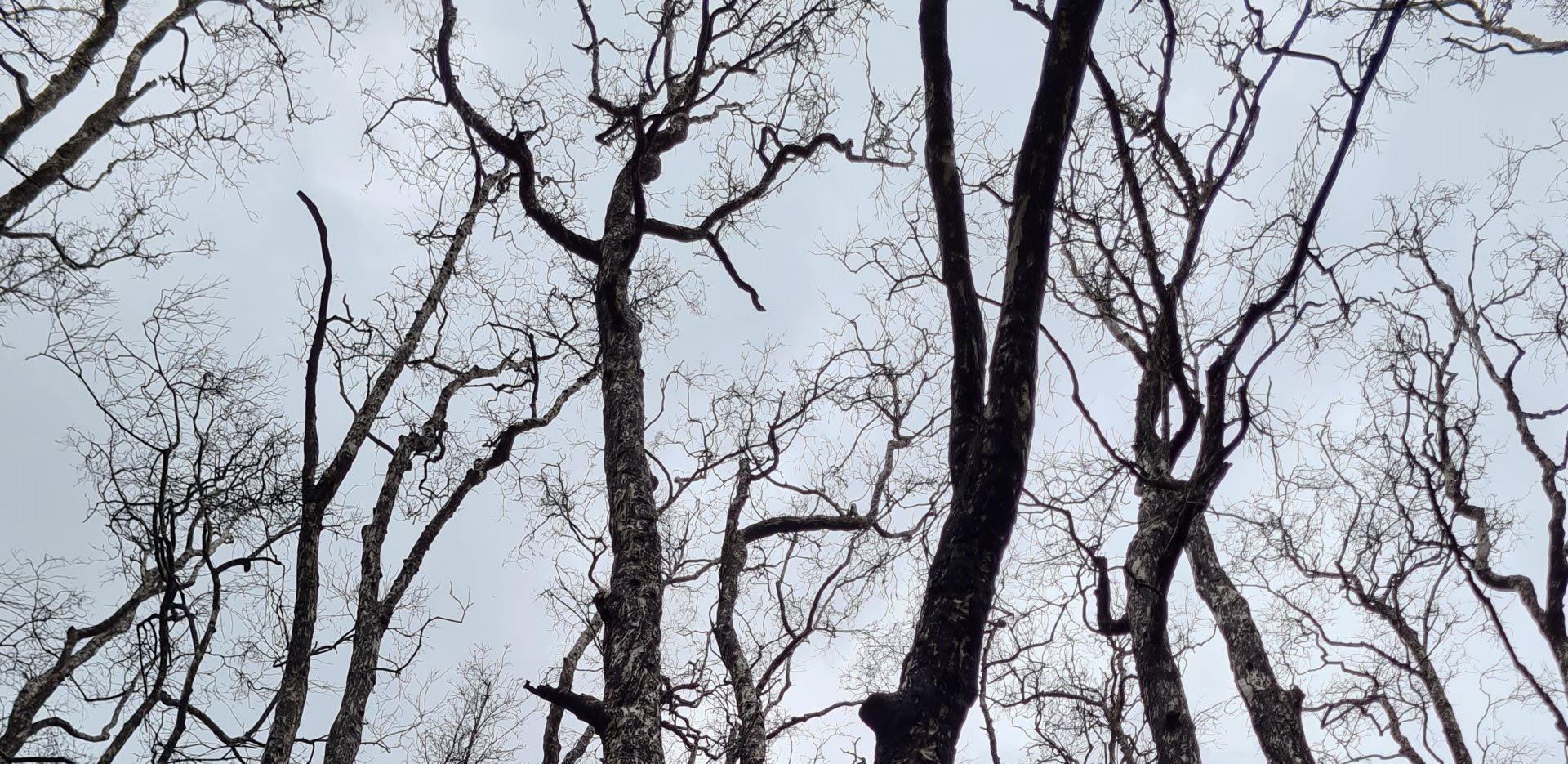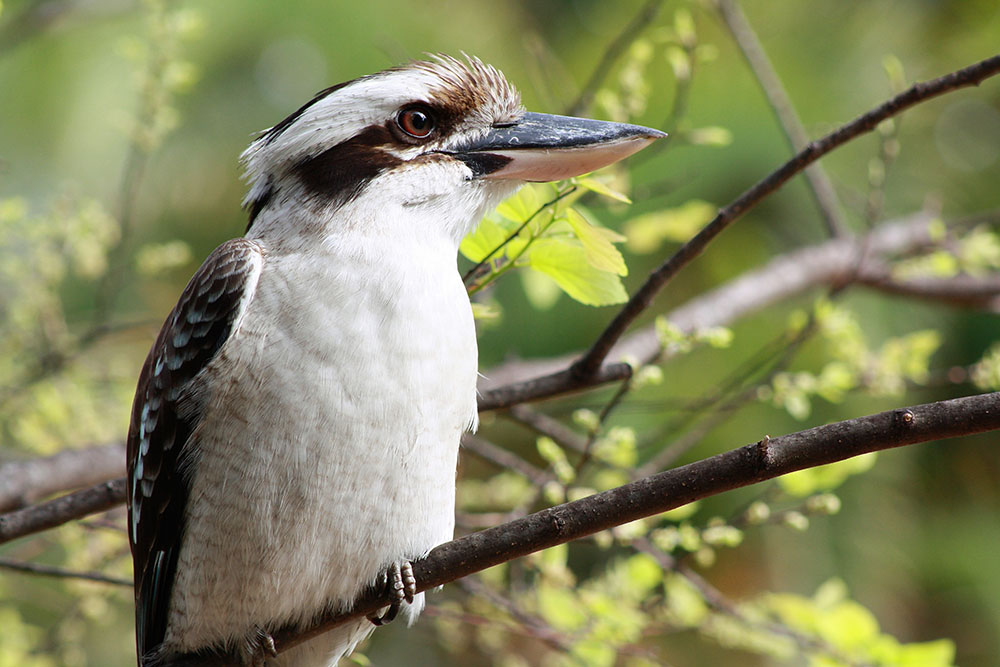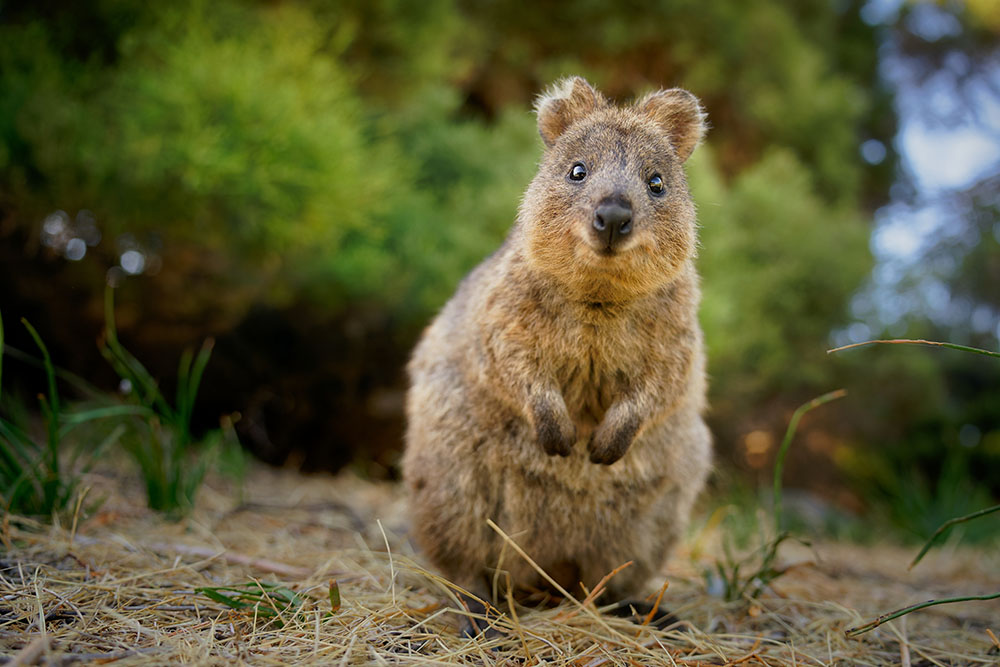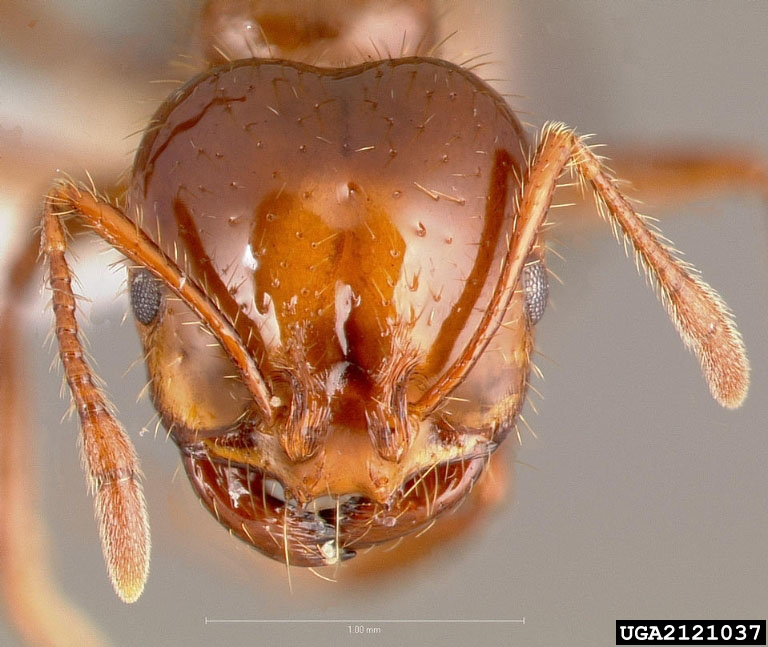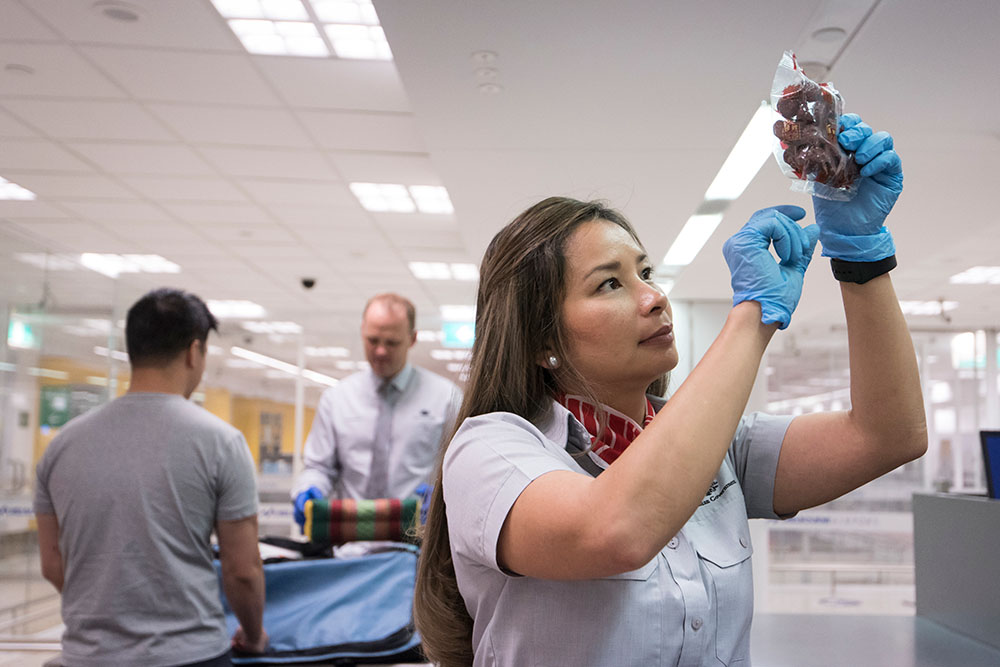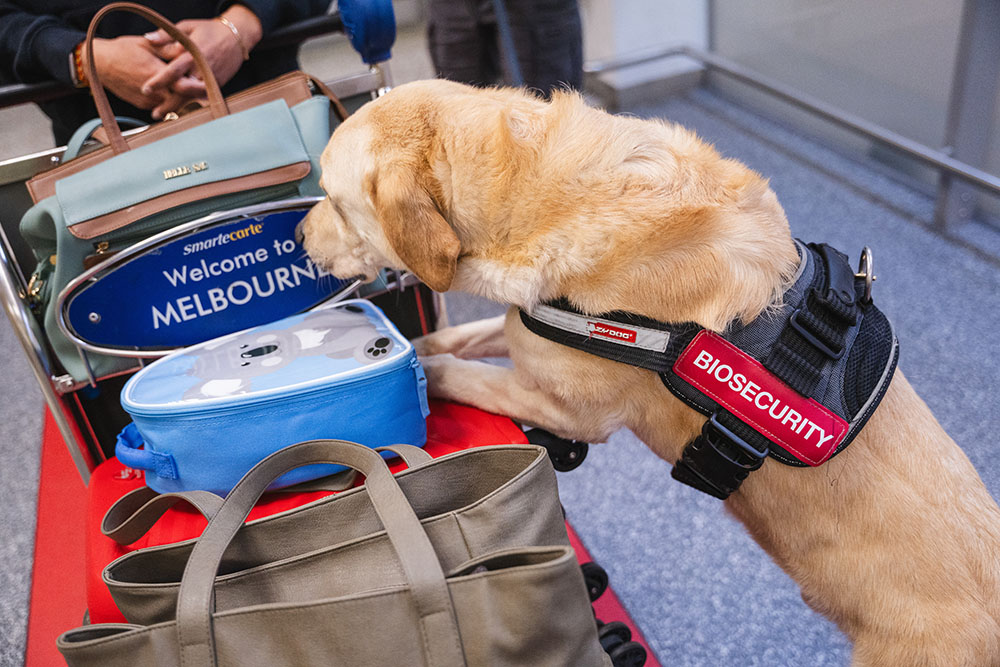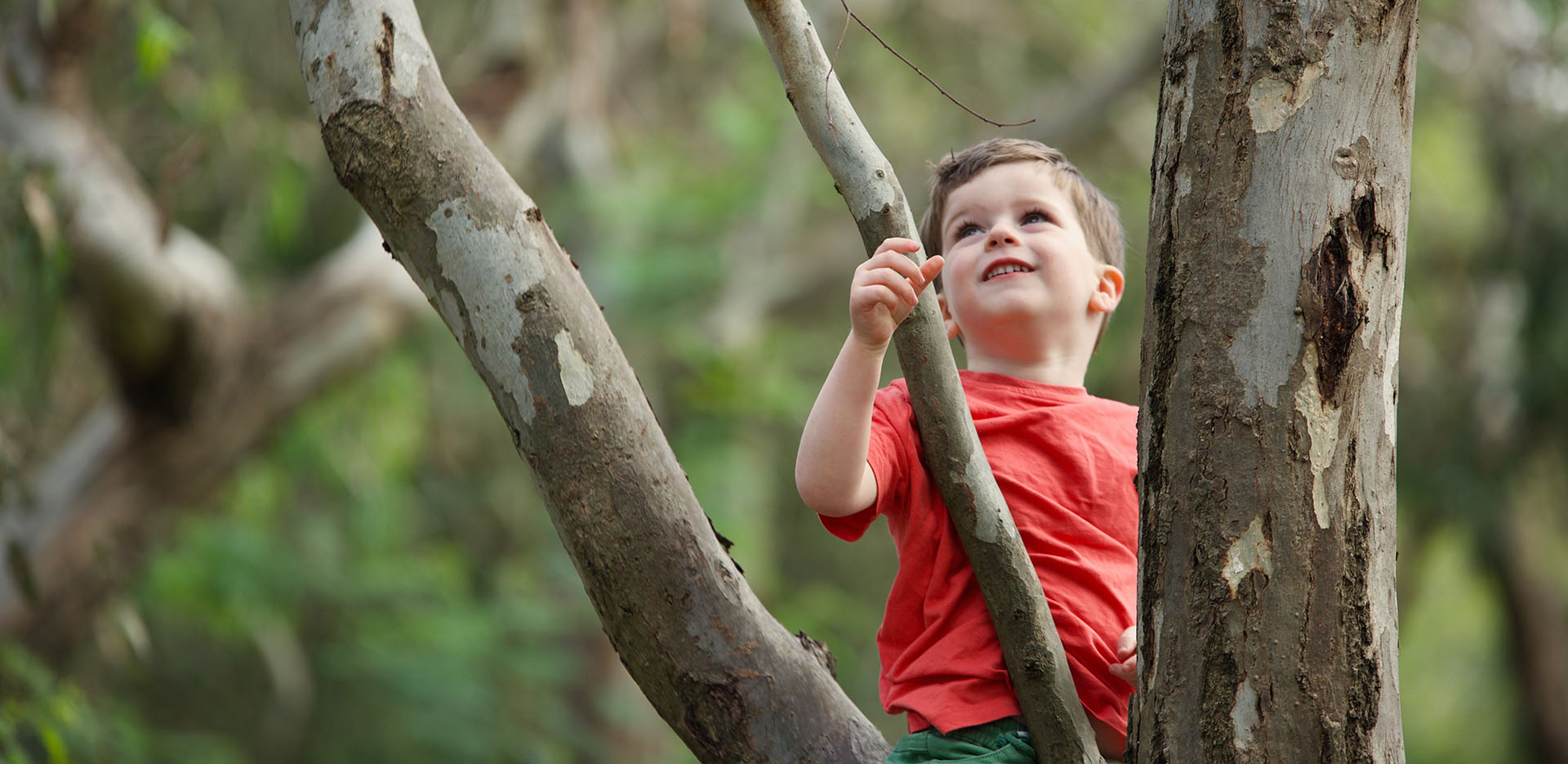
Australia’s natural environment is unlike any other
Ancient mountain ranges. Sweeping outback plains. Mighty rivers. Pristine coastlines. Australia is known the world over for our wide-open spaces, national parks, beautiful beaches, incredible wildlife and fresh air. These things make us unique.
Our rich and delicate biodiversity is made up of more than 600,000 organisms, and many are not found anywhere else on earth. These irreplaceable environmental assets underpin our $90 billion agriculture, fisheries and forestry industries, and the international trade that comes from them.
They also provide our food, enhance our health, and allow our economy to prosper.
In fact, you could say that our way of life depends on our incredible land, sea and aquatic environments.
But these spectacular spaces and even our own backyards are at risk from invasive species.
